kidsdream
Contributor
I thought I would do a different kind of post for those that may not have had a chance to dive on a fairly intact older wreck. The 135' M. Stalker sank in 1886 in 85 feet of water after collision with a barge. While not "great" images in themselves, I hope they convey the feeling of doing this type of diving.
Swimming across the Stalker we came upon a large open deck hatch.
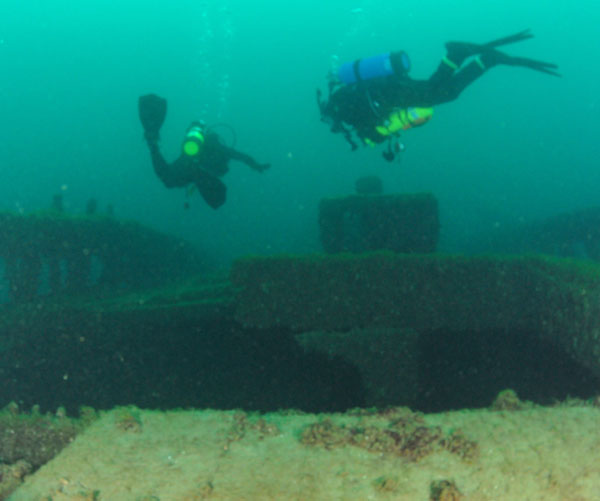
My friend Paul caught a picture of me as I dropped in.
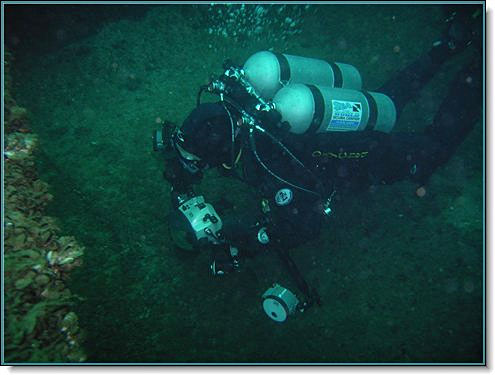
There was a lot of light from the hatch and missing hull planks at that point.
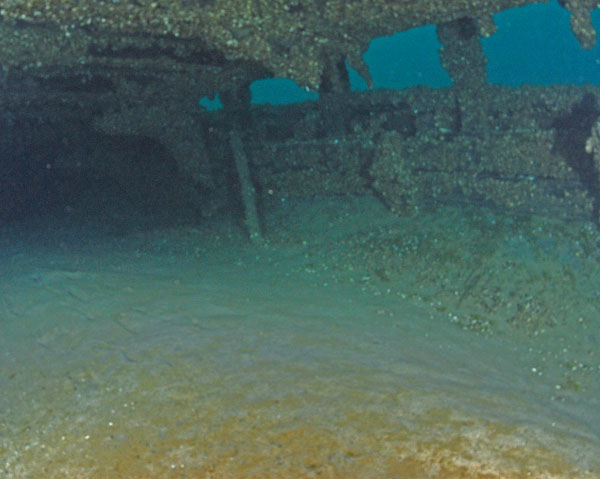
Soon though, it got quite dark going forward, I could just see "light at the end of the tunnel". Strobes and a cannister light make it seem a lot brighter than it actually was.
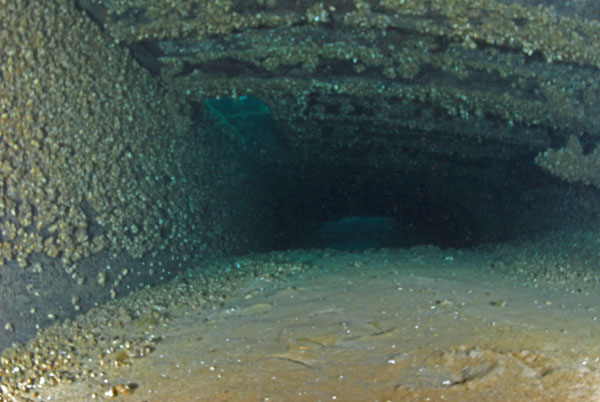
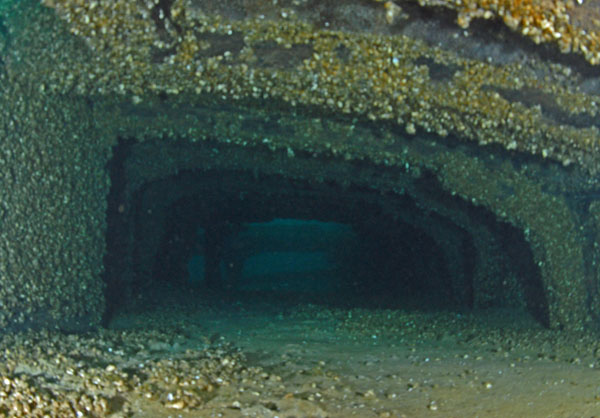
Toward the stern the overhead deck was missing with just the support structure still in place.
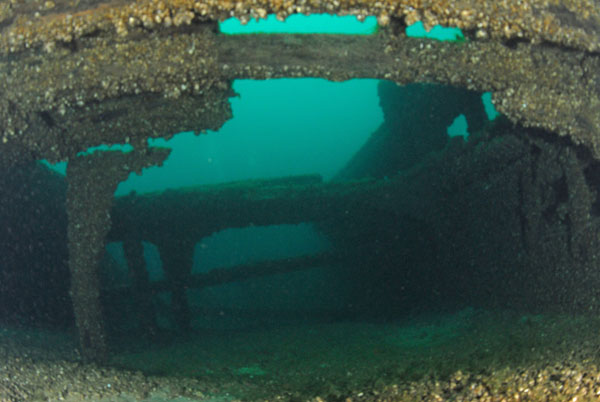
My favorite shot of the trip.
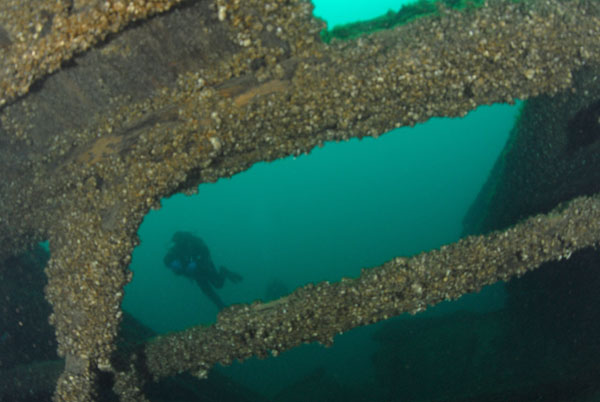
Finally out - the broken at the stern where this boat had hit a barge over 100 years ago.
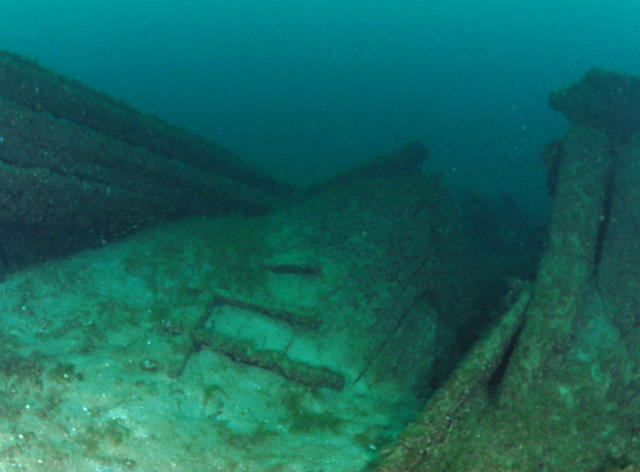
After this my buddy John & I backtracked along the deck of the ship to the mooring line. While we had lots of bottom time left on our computers, our internal sphincter meters said it was time to ascend out of the cold.
Swimming across the Stalker we came upon a large open deck hatch.

My friend Paul caught a picture of me as I dropped in.

There was a lot of light from the hatch and missing hull planks at that point.

Soon though, it got quite dark going forward, I could just see "light at the end of the tunnel". Strobes and a cannister light make it seem a lot brighter than it actually was.


Toward the stern the overhead deck was missing with just the support structure still in place.

My favorite shot of the trip.

Finally out - the broken at the stern where this boat had hit a barge over 100 years ago.

After this my buddy John & I backtracked along the deck of the ship to the mooring line. While we had lots of bottom time left on our computers, our internal sphincter meters said it was time to ascend out of the cold.
Last edited:




